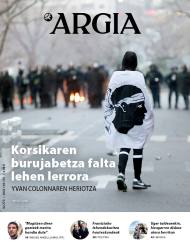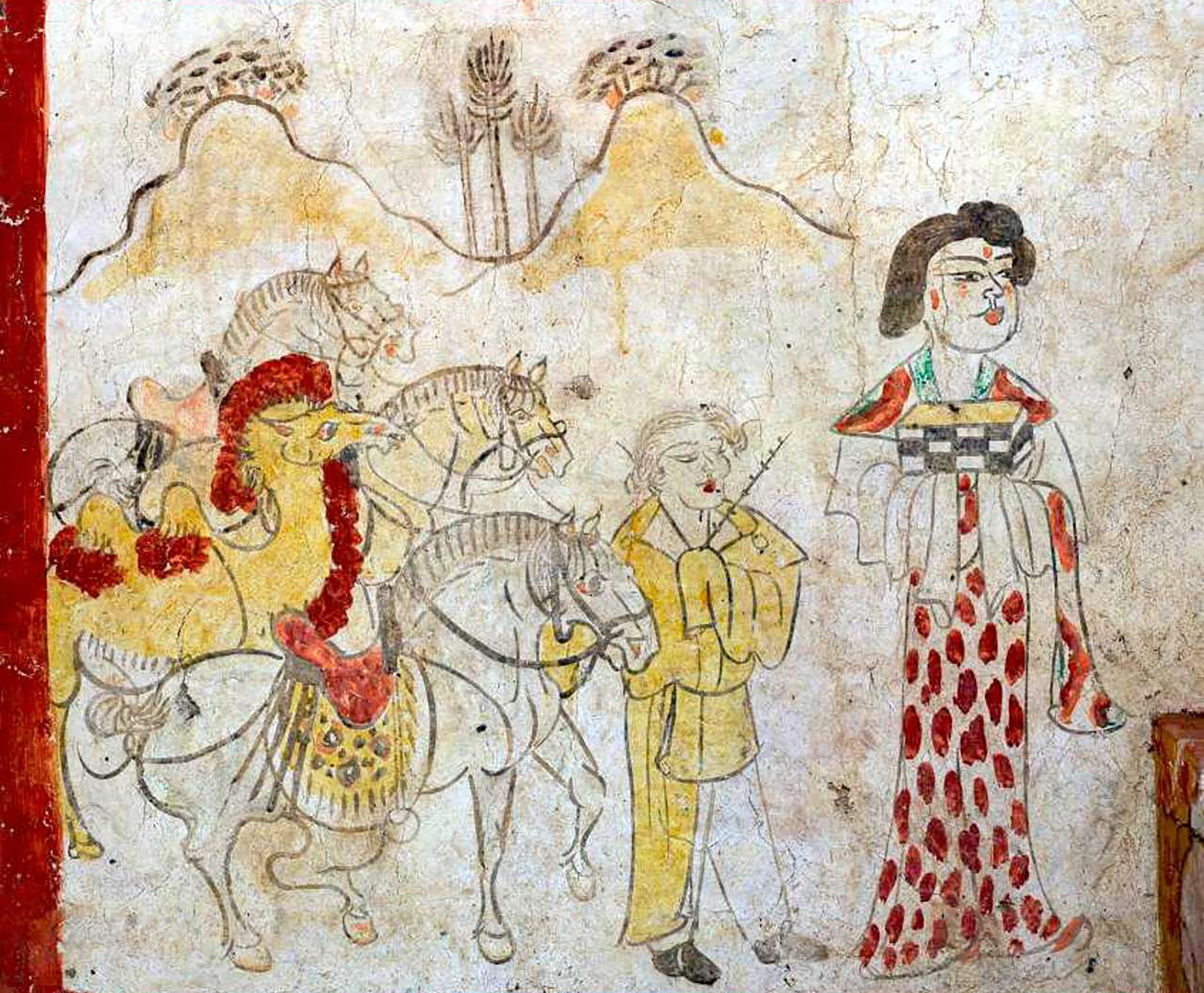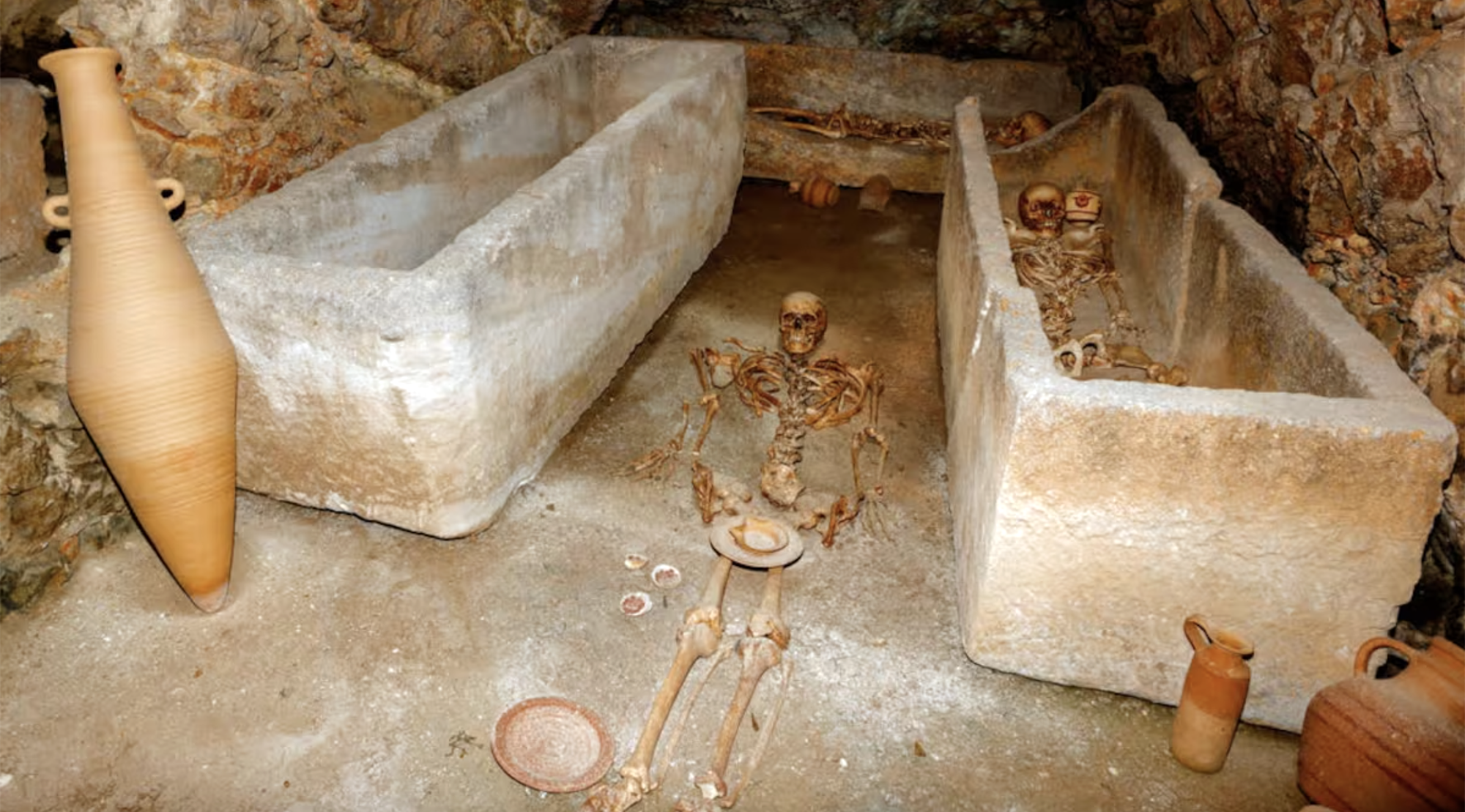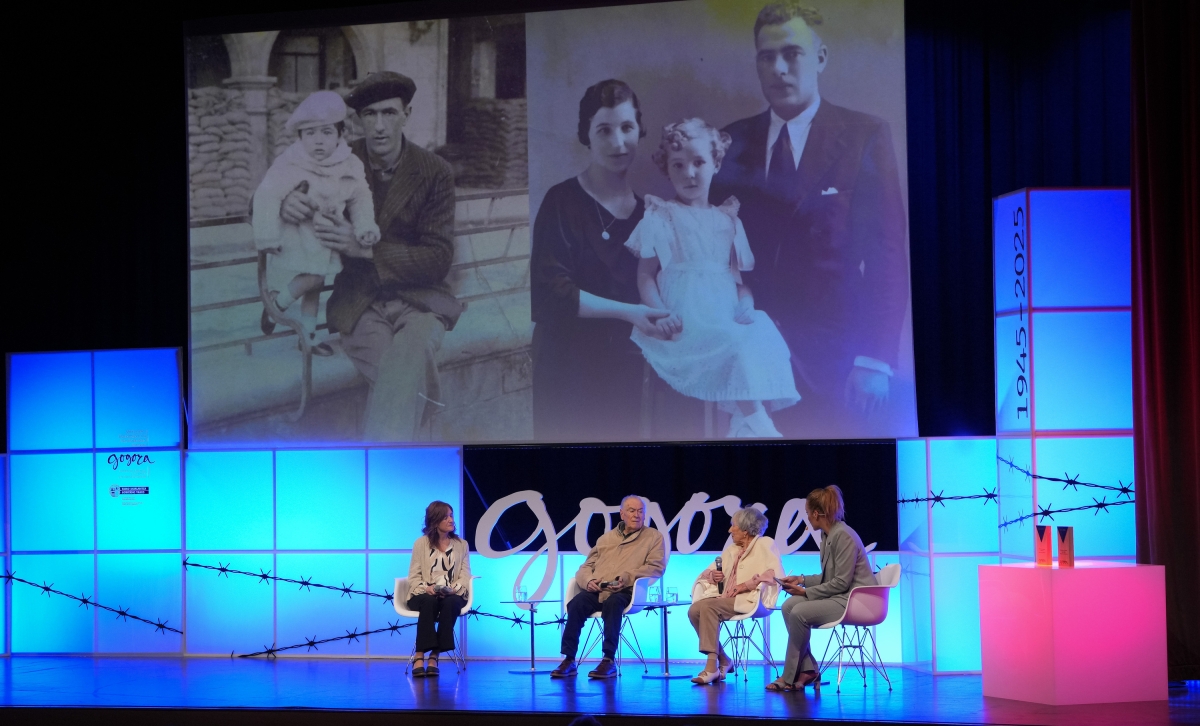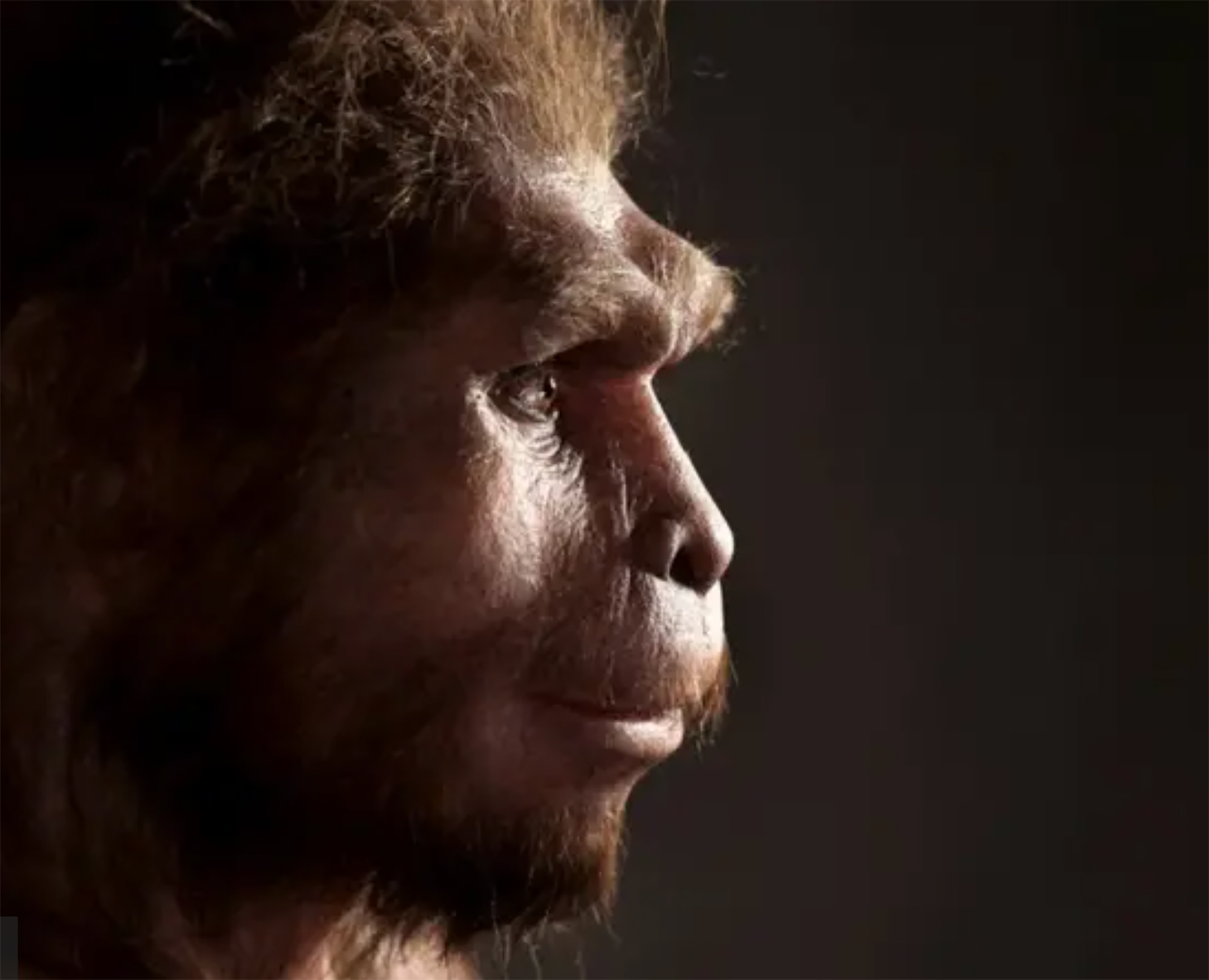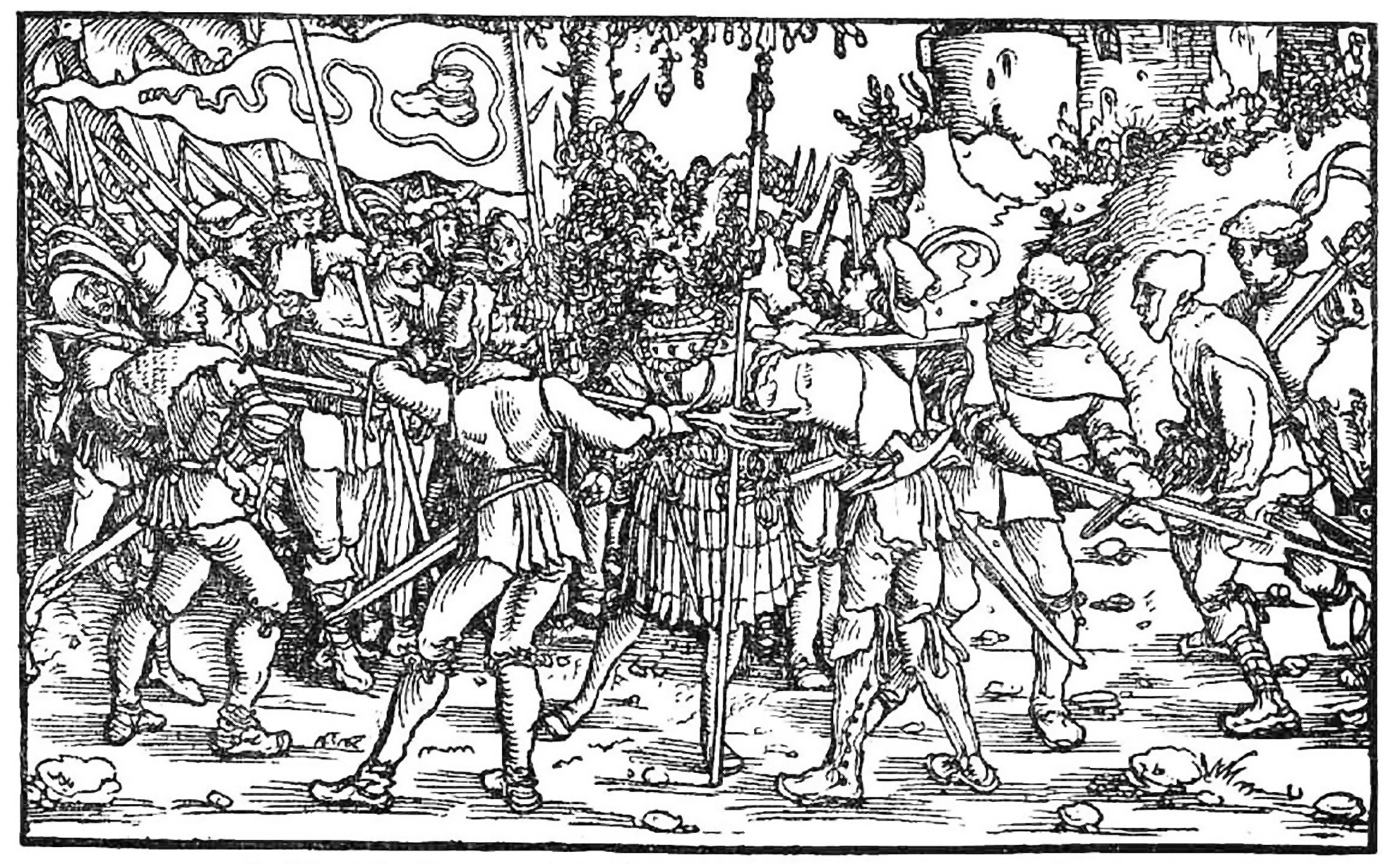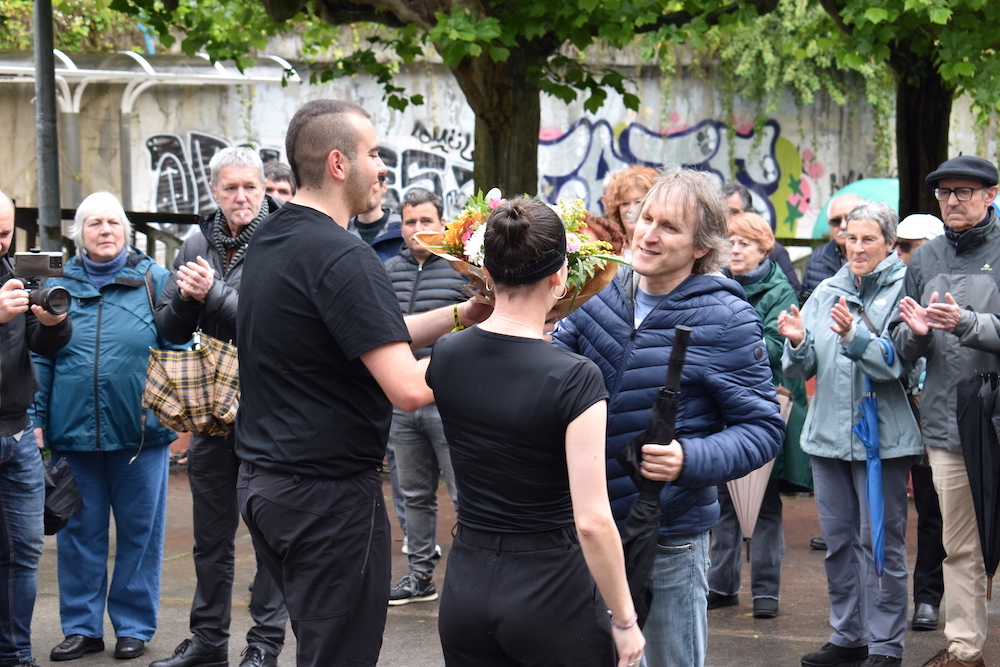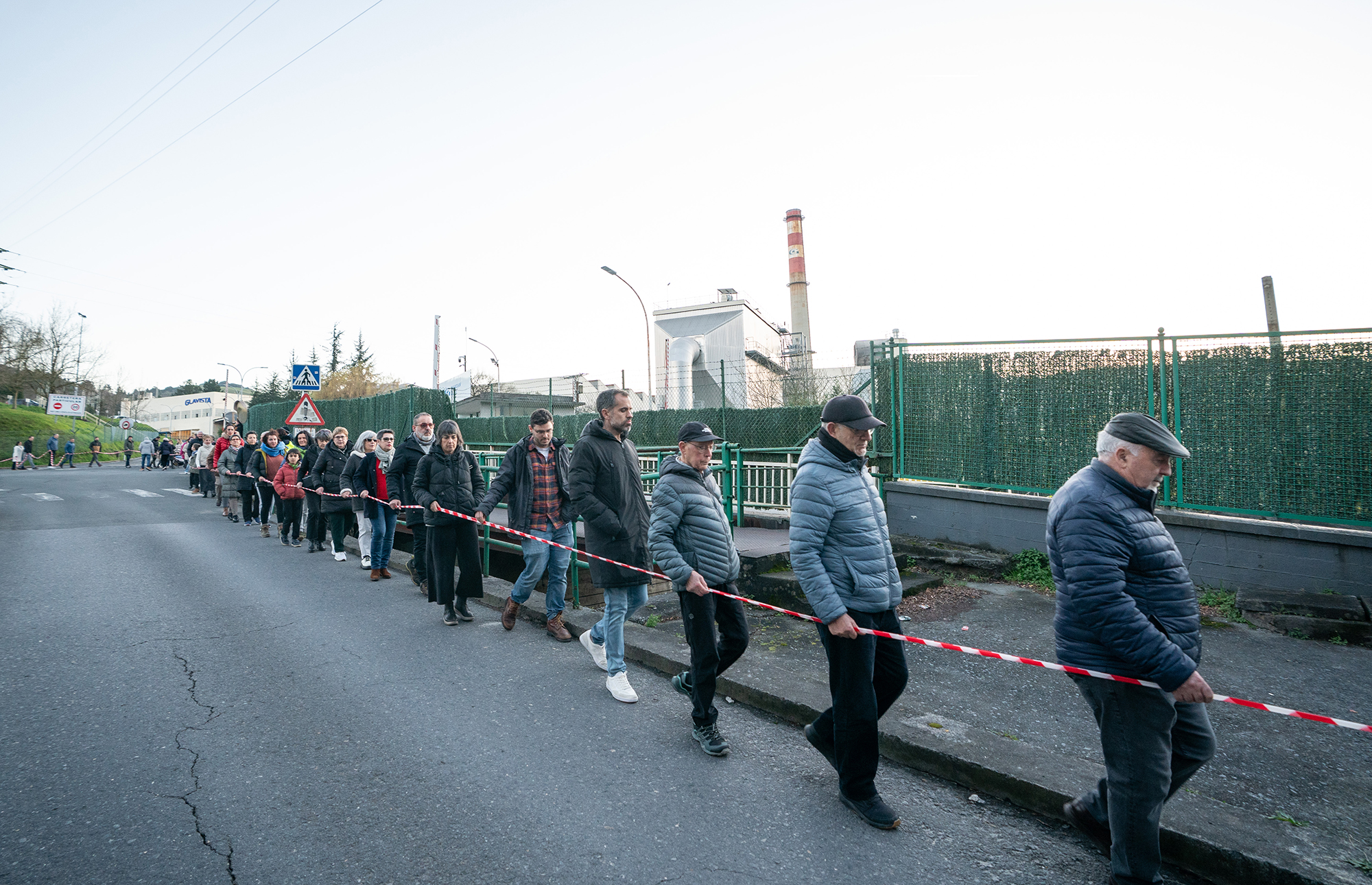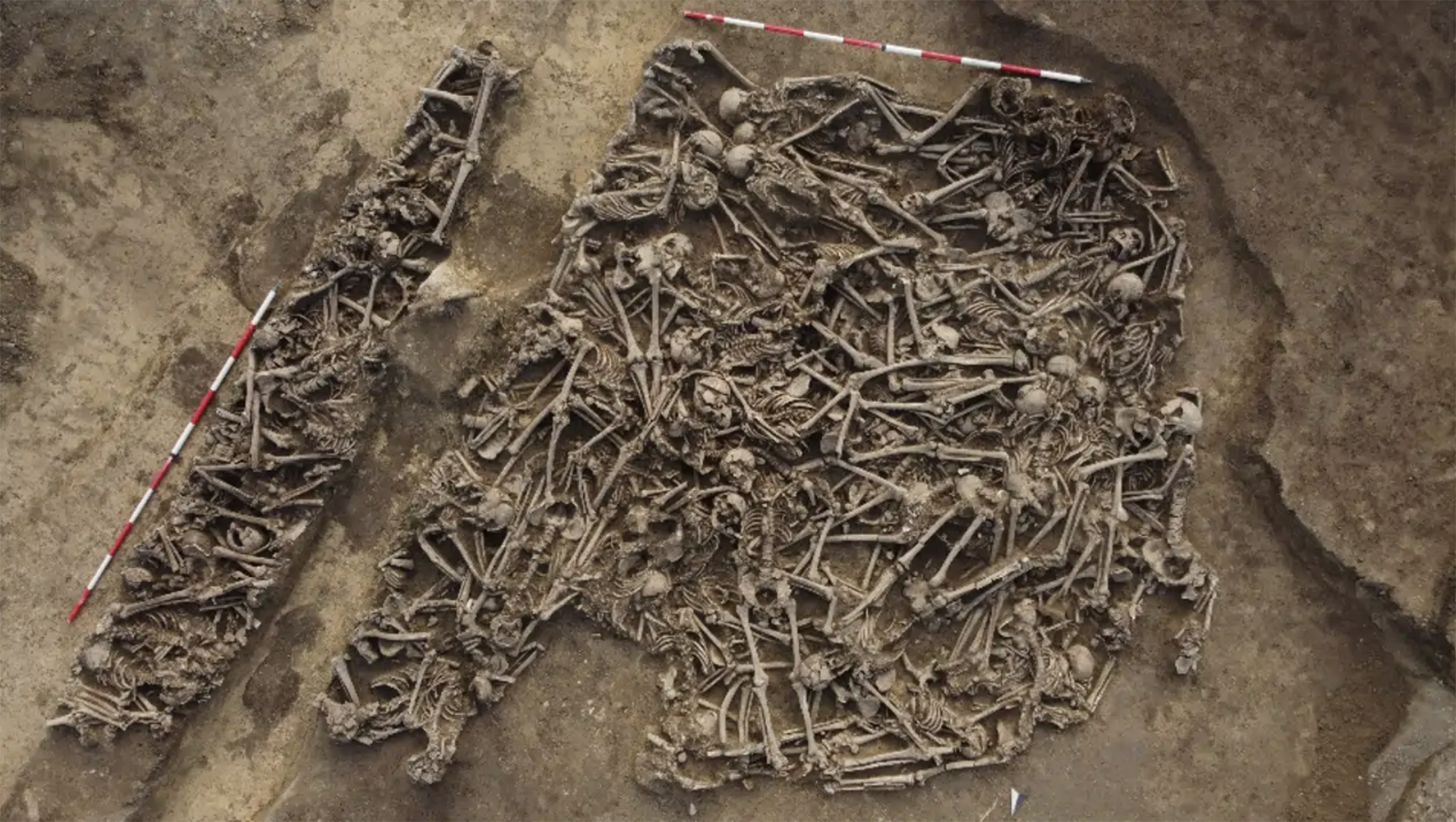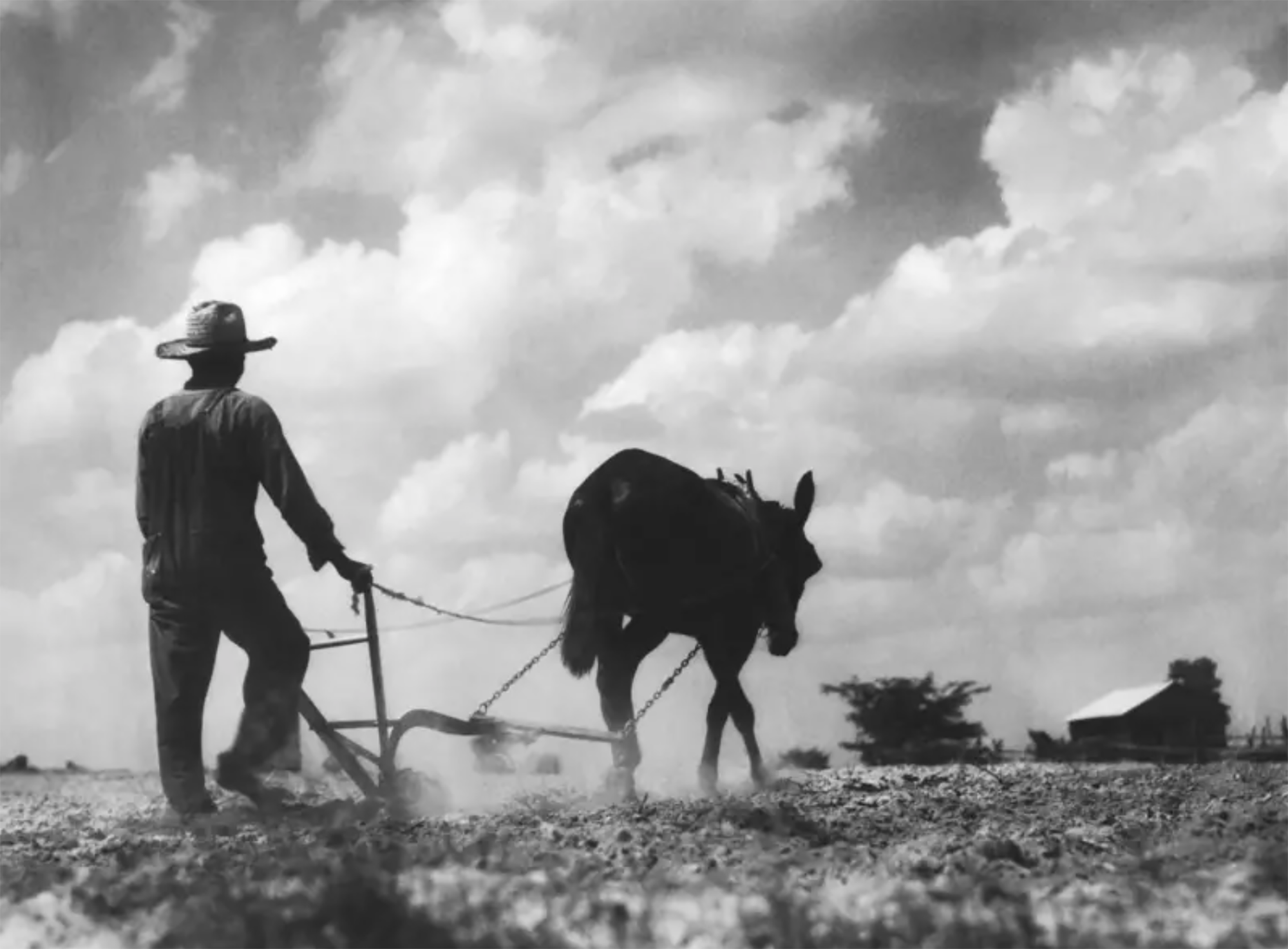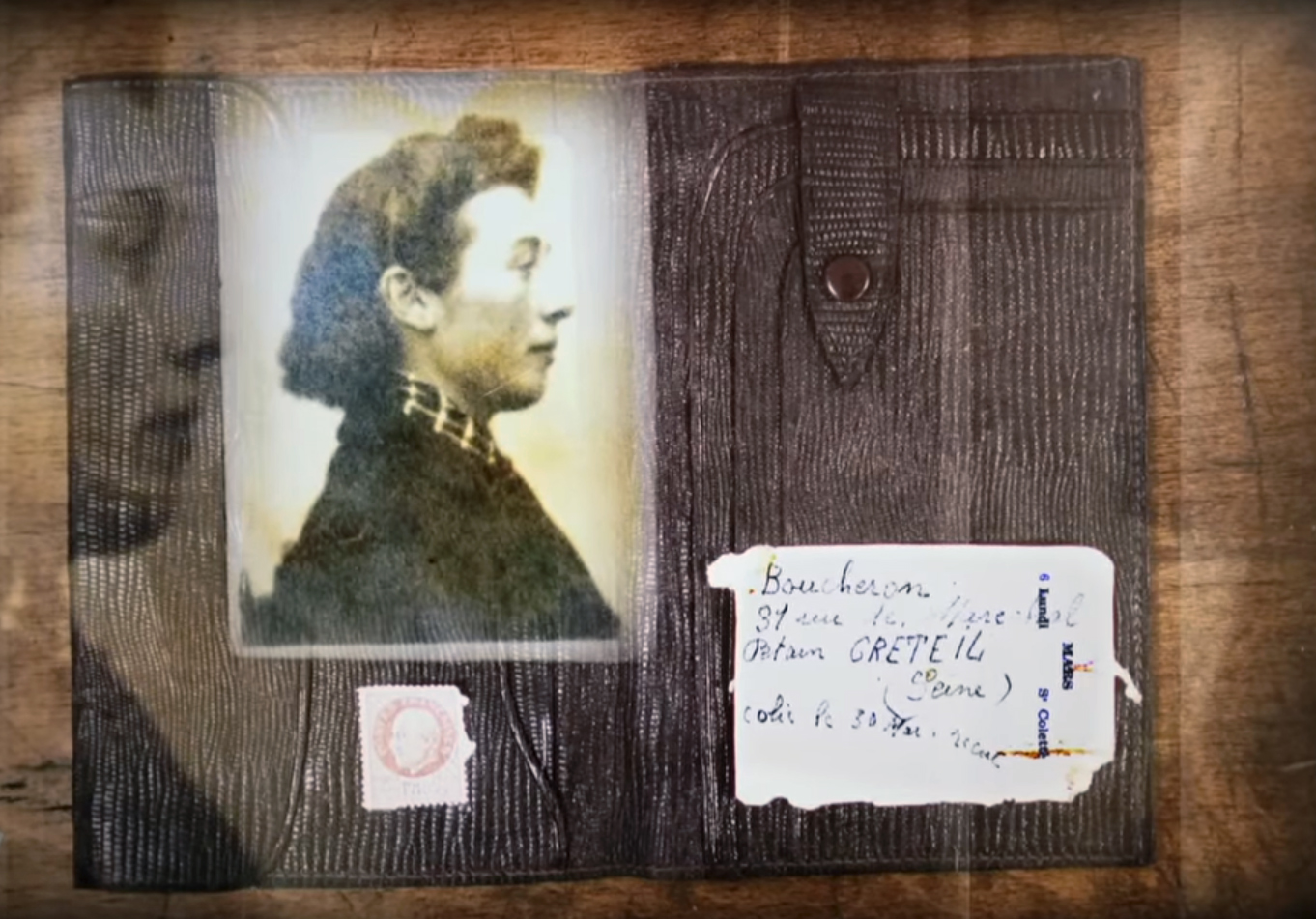Butane explosion
- A terrible explosion in the warehouse of the company Butano de Santurtzi damaged many houses in the area and led thousands of people to flee the village on 17 January 1967. The social and emotional consequences of this accident have not disappeared, as seen in the chronological sequence that can be drawn to date.
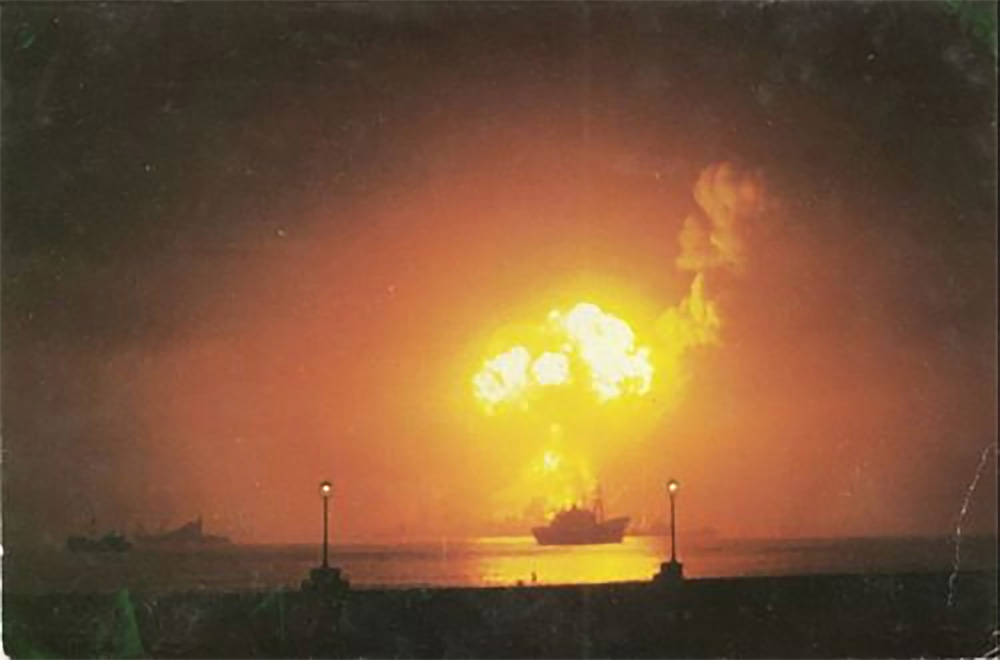
On 17 January 1967 it was very cold in Santurtzi. That Tuesday, being winter, it darkened around 18:00 in the afternoon and most of the population retired home early, as usual. While the fourth and final chapter of the French series Belfegor, the ghost of the Louvre (Belfegor, the ghost of the Louvre), was broadcast on the only Francoist television channel, there was a great explosion from Puerto Franco. It was 20:45 and although it was a rare hour, the neighbors thought it would be a controlled explosion of the works of the thermal plant that were being built at first near the urban center. But they would soon have noticed that something unusual was happening, seeing the terrible fireball.
22:30
Giant ball of fire
On the way to Zierbena, the explosion came from the warehouses of the company Butano S.A. located at the confluence of the hillside of Monte Serantes with the sea. The danger was enormous and promised to empty the people quickly. Thus, around 22:30, when the second explosion occurred, most of the houses in the area were uninhabited. That explosion was much more violent than the first. It destroyed 259 homes and broke the crystals of many Algorta and Las Arenas buildings across the Abra. Neighbors took spectacular photographs of large columns of fire that broke the darkness of these neighborhoods.
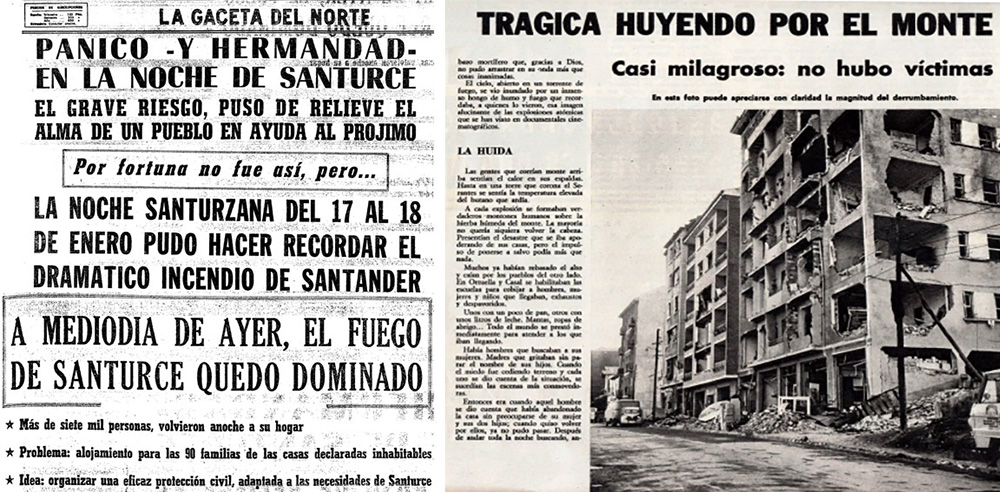 23:00
23:00
Citizen Getaway
Santurtzi ran out of electricity or telephone connection and panicked the population. Nothing was seen and there was no possibility of obtaining precise information. The getaway was general: by train, by car… They traveled to Portugalete, Sestao, Bilbao, to Monte Serantes… 20,000 people looking for a safe place. Not only did they go by land, but also by sea, and merchant boats that were docked in the port were speedily embarked. The main image that has remained in the minds of the citizens is that of flight: the road full, the people covered in blankets, the cold, the darkness, and that occasionally the silence is broken and the sky is red as if it were war.
02:30
Firefighters from Santander
Despite the seriousness of what happened, it is not possible to measure what might happen. In the warehouses in CAMPSA next to the
place where the fire occurred there were 80,000 tons of fuel, the main responsibility of the fire brigade being to protect these tanks. The port firefighters were the first to arrive, but also the ones from Bilbao arrived soon, at 02:30 the ones from Santander and at 04:30 the ones from San Sebastian. The testimonies of all the firefighters who lived that night are very similar: they did not know exactly where they were going, but they saw the columns of fire at a distance and were clear that they were facing a great disaster. One day, pushed by a smaller explosion, an iron crashed into the wall of the main warehouse. Fortunately, he only managed to climb the skin. If you make a little hole, I don't know what the explosion would look like.
.jpg)
07:30
Chilling landscape
The situation at dawn seemed controlled, but the landscape was terrible. There was only one death: Vicente Gajate Marcos, head of the Municipal Police of Santurtzi, seems to have stopped his heart in the face of the gravity of the situation. A firefighter suffered severe burns and 778 minor injuries, mostly in small escape accidents. And in addition, 800 people were left homeless.
18 January No
to work
The day after the explosions no one went to work and the Left Margin workshops had to be adapted without Santurtzi staff. Before the City Hall many people met, all interested in learning about their family or friends. Mayor José Hernández Soto appealed for peace of mind, insisting that he had not died or seriously injured, but his words instead of reassuring the citizens increased his anger.
22 January
Demonstration and Protests
As an expression of this anger, the associations of neighbors of several neighborhoods of Santurtzi began to organize a demonstration. The protest on January 22 was the closure of the Butano warehouses, or at least the removal of the facilities from the homes. When the demonstration ended before the city hall, Mayor Hernández returned to the balcony asking for peace and remembering that the laws had to be complied with. The response of the demonstrators on this occasion was the stone. The Civil Guard protecting the area turned and the incidents spread throughout the village. Many people were arrested, but they were all released on the same day, apparently thanks to the mediation of the parish priest of the church of St. George.
.jpg)
31 January Censorship
and dismissals of Franco
With the international dissemination of the news of the explosion in Santurtzi, the Franco authorities tried to cover or make up what happened. The television informer NO-DO used an unguilty report to clean the image saying that the deceased police were already ill and that his death had nothing to do with the accident. On 31st the mayor was dismissed by Antonio Cortadi.
20 years later Barracks,
synonymous with exclusion
The footballer Telmo Zarraonandia Zarra, the cyclists Jesús Loroño and Federico Martín Bahamontes and other personalities of the time offered their personal items for the auction that the Civil Government of Bizkaia organized for the people of Santurtzi. The Spanish Government’s Housing Ministry built 200 “provisional” barracks to accommodate the victims in the El Burgo area. These barracks stood for about 20 years and the area became synonymous with exclusion throughout the region. On the other hand, the company Butano transferred several premises to the City of Santurtzi, mainly for sociocultural activities, in one of which many santurtziarras were to be euskaldunizar later, since for many years the AEK of Santurtzi had its headquarters in Dr. Fleming Street nº 17. The photographs of the explosion of Algorta were sold in postal format in the village kiosks. Everything was normalized, but the Butane warehouses didn't move.
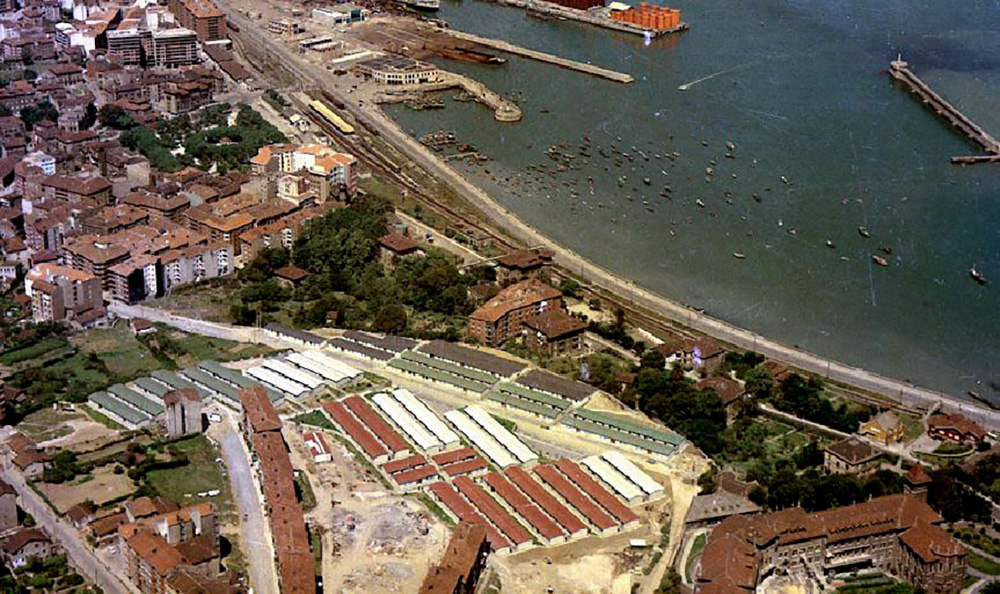
1974
Year of reopening of fear
After removing the furniture and clothes made available to the neighbors, houses without walls with concrete structure were discarded. Citizens got used to living in danger again, but from time to time some event revealed the fear inside them. In 1974 there was a new explosion in the area, in this case by the accumulation of gases in a maize store, in the pavilions located next to the company ACEPROSA. He was killed and 13 seriously injured and the Santurtziarras woke up to the great accident of 1967. Rumors said it was Butane gas, and many, frightened, left their homes and started flight, like seven years ago, because memory is not something you can control.
21st century Alarm
sirens are still ready
With the twenty-first century, Butano's facilities moved and now there are no homes near the warehouse, but the risk to the santurtziarras is not much lower. In the Autonomous Community of the Basque Country there are 14 chemical risk warning sirens, 6 of them in Santurtzi. They opened and stepped away the port, removing most of the coast from the village, but the high-risk goods that come by rail not only pass through the centre of Santurtzi, but also through Portugalete, Sestao and Barakaldo. At present no one can ensure that history is not repeated in the memory of the oldest Santurtziarras.
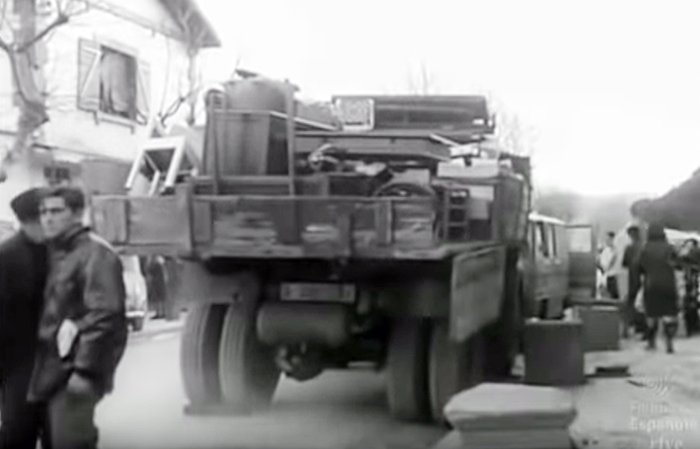
1967ko istripuaz ikerketa seriorik ez zen egin. Leherketa ez zen biltegian bertan gertatu, trenbidean zegoen bagoiren batean baizik, eta elkarren ondoan zeuden beste bagoiak berotuz joan ahala lehertu ziren. CAMPSAko biltegi nagusiak, berriz, kanpoaldetik baino ez ziren kaltetu.
Lehen leherketa izan zen tokia, karga eta deskargarako terminala –trenentzako bazterbidea zuena–, egun horretan bertan inauguratu zen. Beraz, batzuen ustez esperientzia eza edo instalazioaren ezagutza falta izan zitezkeen istripuaren arrazoi nagusia. Beste iturri batzuen arabera, biltegitik trenera gasa garraiatzeko erabiltzen zuten mangera askatzeak eragin zuen tragedia. Ontzien kalitate eskasa ere aipatu izan da, 536 gradu zentigradu baino ez baitzuten onartzen, eta askoz gogorragoak behar zuten izan. Beste batzuk butano likidoa isuri zela esaten zuten...
Butano enpresaren gerenteak, Benito Cid de la Llavek, tren istripu bati leporatu zion gertatutakoa: bagoiak kargatzen ari zirela, lokomotora batek trena jo zuen, mangera puskatu eta lehen leherketa sorraraziz. Edonola ere, ez zen aurkitu istripuaren arrazoi edo erantzule zuzenik. Garaiko txosten baten arabera, portuan eragindako kalteak orduko 30 milioi pezetatakoak izan ziren.
In the Chinese province of Shanxi, in a tomb of the Tang dynasty, paintings depicting scenes from the daily lives of the dead are found. In one of these scenes a blonde man appears. Looking at the color of the hair and the facial expression, archaeologists who have studied the... [+]
Carthage, from B.C. Around the 814. The Phoenicians founded a colony and the dominant civilization in the eastern Mediterranean spread to the west. Two and a half centuries later, with the decline of the Phoenician metropolis of Tyre, Carthage became independent and its... [+]
Salvador Puig Antich frankismoaren kontrako militantea izan zen. Askapen Mugimendu Iberikoko kidea, 1973ko irailaren 25ean atxilotu zuten. Gerra-kontseilua egin zioten, eta garrotez exekutatu zuten handik sei hilabetera, 1974ko martxoaren 2an. Aurtengo otsailean baliogabetu du... [+]
Rudolf Botha hizkuntzalari hegoafrikarrak hipotesi bat bota berri du Homo erectus-i buruz: espezieak ahozko komunikazio moduren bat garatu zuen duela milioi bat urte baino gehiago. Homo sapiens-a da, dakigunez, hitz egiteko gai den espezie bakarra eta, beraz, hortik... [+]
Böblingen, Holy Roman Empire, 12 May 1525. Georg Truchsess von Waldburg overthrew the Württemberg insurgent peasants. Three days later, on 15 May, Philip of Hesse and the Duke of Saxony joined forces to crush the Thuringian rebels in Frankenhausen, killing some 5,000 peasants... [+]
During the renovation of a sports field in the Simmering district of Vienna, a mass grave with 150 bodies was discovered in October 2024. They conclude that they were Roman legionnaires and A.D. They died around 100 years ago. Or rather, they were killed.
The bodies were buried... [+]
Washington, D.C., June 17, 1930. The U.S. Congress passed the Tariff Act. It is also known as the Smoot-Hawley Act because it was promoted by Senator Reed Smoot and Representative Willis Hawley.
The law raised import tax limits for about 900 products by 40% to 60% in order to... [+]









